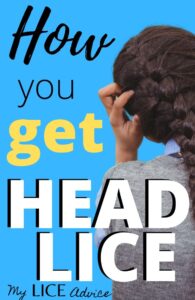How Do You Get Lice?
What Causes Head Lice
and How to Avoid It.
Discover what causes head lice and how to avoid getting lice in the future.
Question:
My child keeps getting lice over and over again! What causes lice and how can I stop her from getting it?
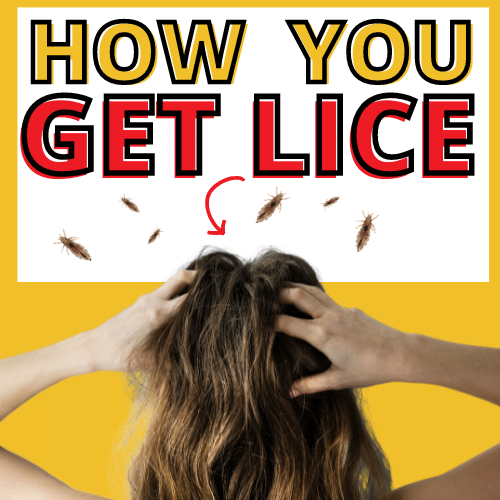
Answer from a Lice Expert:
After spending hours treating your child with lice the last thing you want is to get it back from again!
So in this article let's dive into exactly what causes head lice and how to avoid getting it back again.
Let me introduce myself...
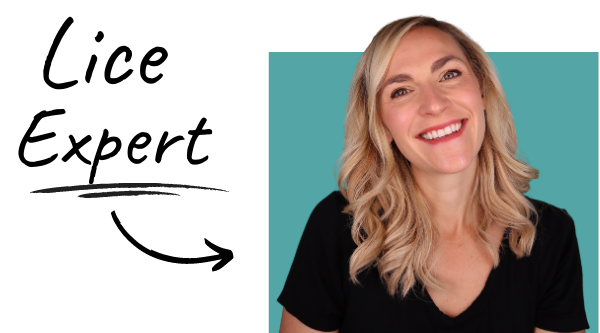
Hi there! I'm Theresa, I'm a lice expert, lice coach, and Registered Nurse. I help people with lice every day! You can get rid of lice in ONE DAY at home by using the same proven professional technique that I use in my lice center.
Just follow the step-by-step videos and be done with lice by the end of the day.
In this article:
Whether you’ve just discovered head lice or you’ve heard it’s going around, learn the who, what, where, when, why, and how of getting head lice. This article covers the following:
How You Get Head Lice
Who Gets Lice
What Causes Lice
Where You Get Lice
When Do You Get Lice
Why You Get Lice
How To Avoid Getting Lice
FAQ: Can you get lice from...
How Do You Get Lice?
Video!!
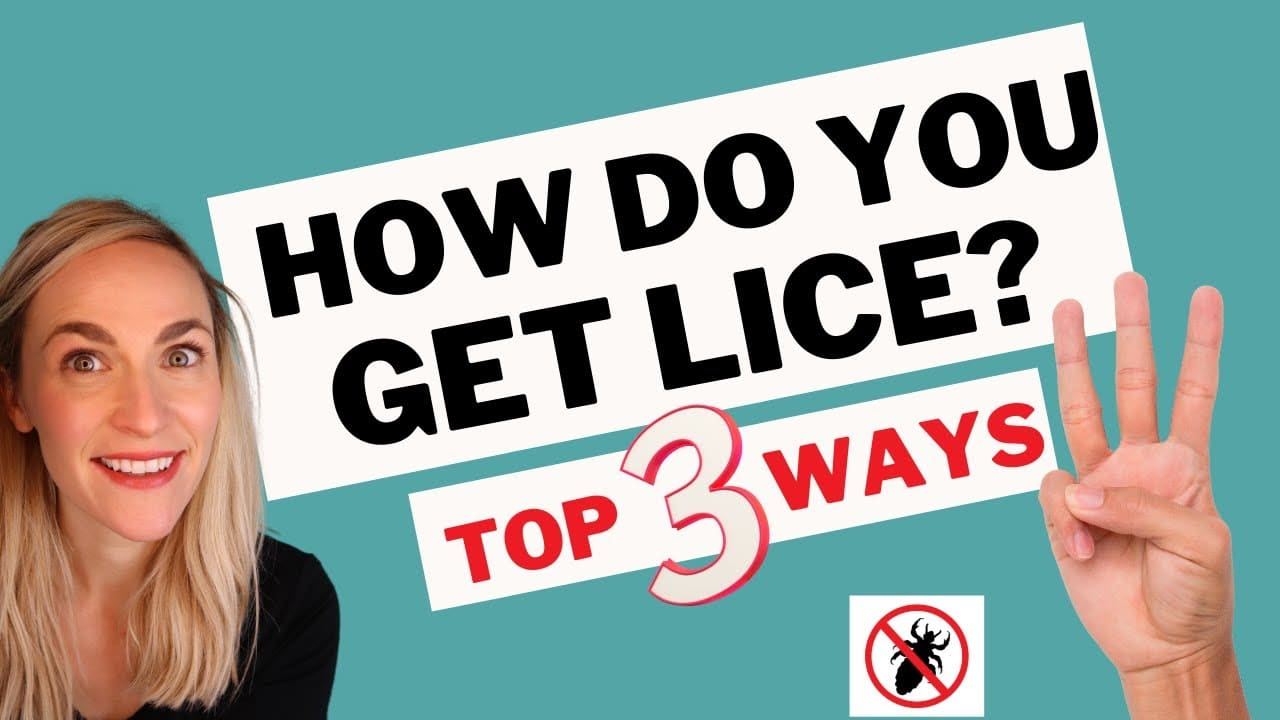
Why Is It So Hard to Get Rid of Lice?
Now that you know what you're looking for I want to talk briefly about your biggest worry (that your child actually has lice) and the question I get asked by parents around the world that have been battling lice….
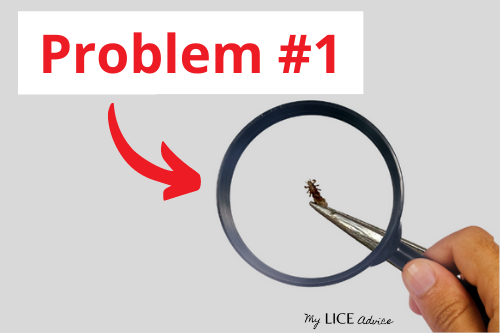
Parents around the world are all asking me the same question…. "Why is it so much harder to get rid of lice now?"
Lice have become immune to everything that used to work in the past. Perhaps you remember your mom using a typical lice treatment or mayonnaise and that doing the trick. The new strain of head lice is no longer killed by those treatments, that’s why lice today are termed by people, “super lice,” because they are immune to those treatments.
I’ve cured thousands of people of lice in my lice center and let me tell you, I don't do it with over-the-counter lice treatments.
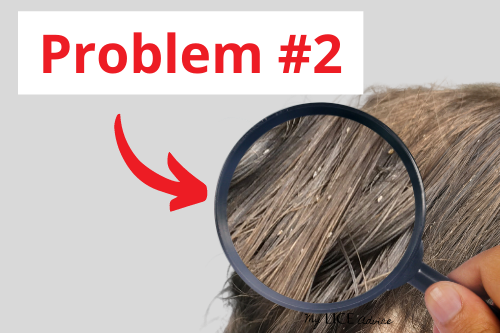
Most people struggle with lice because they focus all of their attention on killing lice bugs and not enough attention on GETTING RID OF LICE!
If you want to get rid of lice you have to address all 3 of the problems of lice:
- Lice Bugs
- Lice Eggs
- Getting Lice Back
The best way to get rid of lice is to tackle all 3 of these problems at the same time, which is what I teach in my step-by-step video system.
So, if you discover your child HAS lice, don't panic. Just head over to the video system. Follow along with the videos and you'll be done with lice by the end of the day.
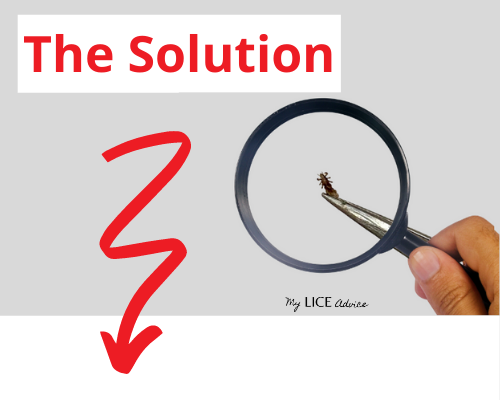
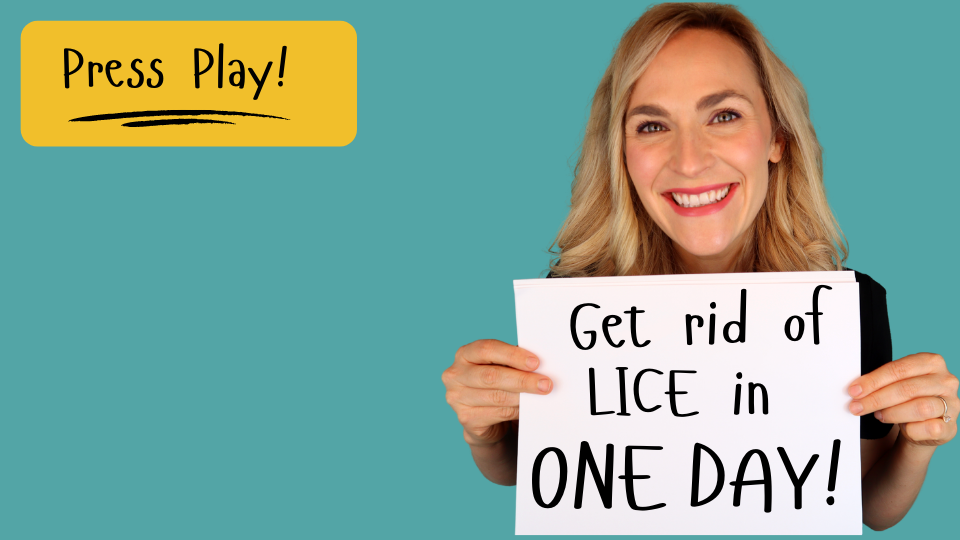
Who Gets Lice?

About 12 million people get head lice every year in the United States alone. Many of them are school-aged children between the ages of 3-11. But, even adults and teenagers commonly get head lice. You can find head lice among all ages, races, and cultures.
Head lice are the second most prevalent childhood ailment among America’s children, second only to the common cold. And it is not a reflection of poor hygiene as they do not come off when showering or bathing. You wouldn’t assume that someone with a cold was a dirty person, well neither is someone who gets head lice.
The only people that are immune to head lice are bald because head lice must have at least ¼ inch of hair to survive on a human.
What Causes Head Lice?
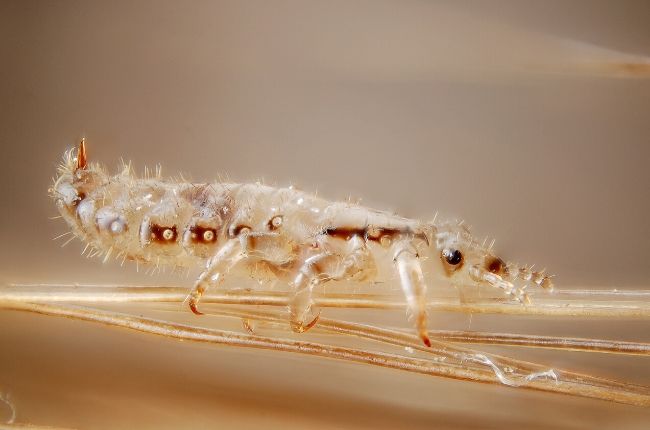
Contrary to what you may envision, a head lice infestation doesn’t happen overnight. Most people do not discover that they have head lice until they have had it for a full month, as it usually takes that long for symptoms to arrive.
Head lice infestations usually begin with just one or two lice getting into your child’s hair.
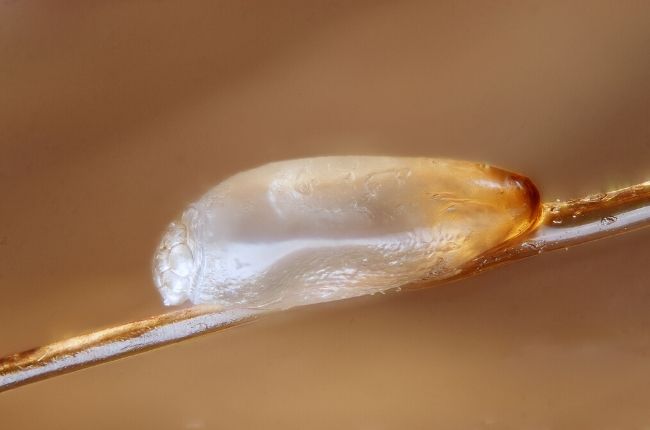
Female lice lay several tiny lice eggs in the hair, also known as “nits.” An average female can lay between 6-10 eggs every day, so the eggs add up quickly.
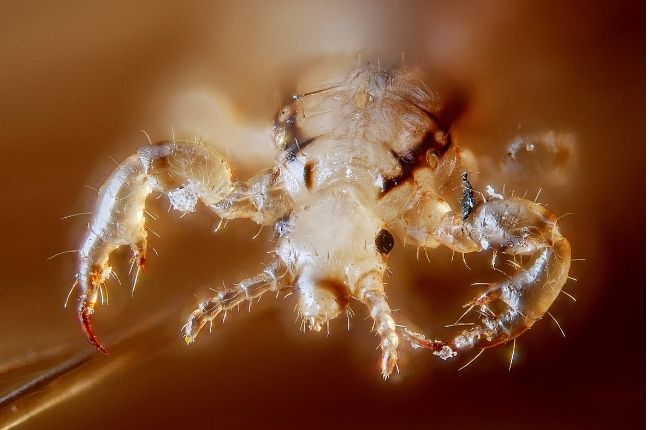
In about 7-10 days, baby lice (nymphs) hatch from the eggs, and within a few weeks, those nymphs will become adults themselves and lay eggs in the hair as well.
It is at this point that many people develop their first symptoms, such as an itchy scalp.
How Do You Get Lice?
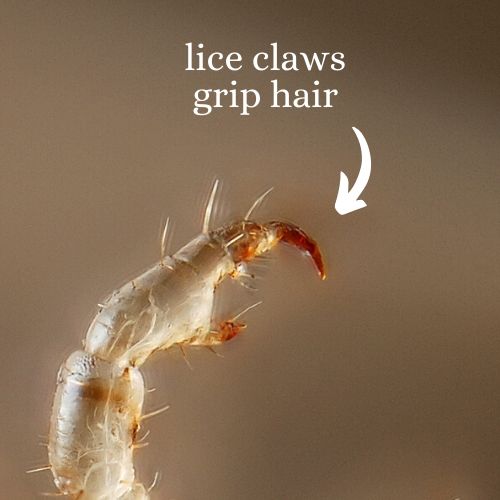
Head lice pass between people through two major categories: head-to-head contact or via inanimate objects. It is much more likely to get head lice via head-to-head contact than it is to get head lice from items. Its believed that the majority of head lice is passed directly from one person to another this way. Head lice can not jump, fly, or hop to another person’s head. Instead, head lice rely solely on their perfectly tailored claws to maneuver within the hair and to pass from one person’s hair to another.

You may be asking yourself, when does my head ever come into contact with another person’s head? You’d be surprised how often human heads can touch. Consider a small child; for instance, here are some examples:
- Hugging when greeting or leaving someone
- Snuggling on the couch watching a movie
- Snuggling while reading a book together
- Resting your head on someone’s shoulder
- Whispering close to someone’s ear
- Standing back to back in PE class
- Looking at the same device like a tablet with heads touching
- Sleeping on the same pillow or in the same bed at sleepovers
- Taking “selfies” and other pictures that require people to get close
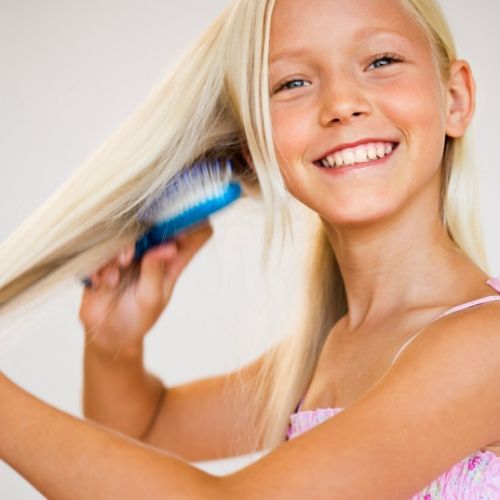
The less common way you get head lice is from inanimate objects. Head lice do not typically leave the hair unless they are transferring to more hair. Their claws are designed to stay on hair, but they do not travel or survive well off of the human head. In fact, head lice die quickly if they aren’t on a human head. Because of this, head lice is only likely to pass on inanimate objects that come in close contact with hair frequently. Stray hairs harboring head lice can come off onto these items and spread to another person’s head. You’ll want to avoid sharing items that come into contact with hair frequently. Things that can spread head lice are:
- Hats
- Hairbrushes, bows, combs, or accessories
- Jackets or clothing
- Pillows or blankets
- Towels (especially hair towels)
- Fuzzy headphones
- Sporting helmets like baseball, riding, football
Where Do You Get Head Lice?

Because head lice pass head-to-head or from sharing items, most people get head lice from someone they know well. Although many parents envision their child getting lice from the child on the other side of the classroom, it isn’t likely. Head lice only leave the head if they are heading to another head, so people most commonly get lice from those closest to them, such as close friends and family. The most common places for you to get head lice are:
- In your own home (lice pass to siblings/parents about 80% of the time)
- Playing with close friends at school or home
- Sleepovers where kids are sleeping together
- Make-overs where children are sharing brushes
Why Do You Get Lice?
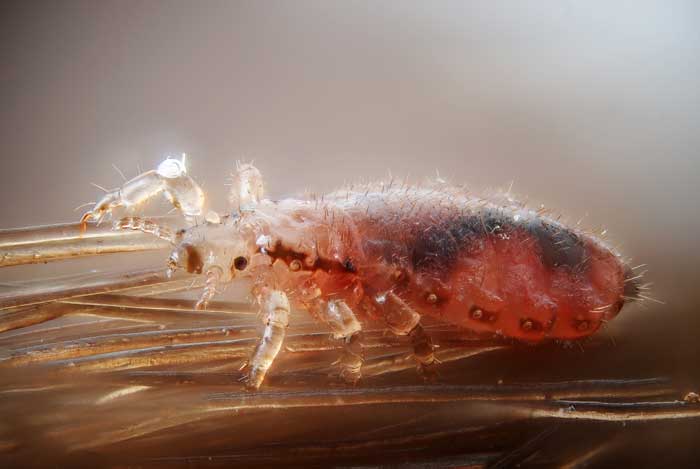
Head lice feed on human blood, and similar to mosquitos, they are attracted to the smell of humans. If they smell desirable blood nearby, they don’t crawl; they run to that head.
Fortunately, one thing you can do is use lice’s keen sense of smell against them. There are certain scents lice hate, and if you have those fragrances in the hair, then lice will run the opposite direction. Read the “How Do I Avoid Getting Lice” to learn how.
How To Avoid Getting Lice
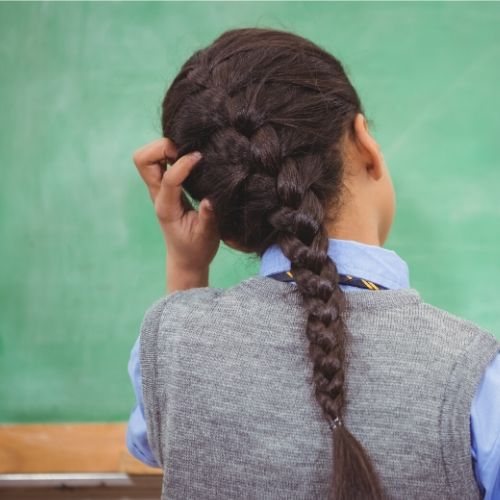
Avoiding lice begins by minimizing head to head contact with others. Many people do not have symptoms of head lice until having it a full month, which means that within that month, they’ve been hugging and snuggling people and spreading lice around. You don’t want to be one of those unsuspecting people that it spreads to.
Next, implement a “no-sharing” policy when it comes to items that could transfer head lice. Anything that comes in contact with hair frequently shouldn’t be shared.
Smelly Heads Don’t Get Lice

One of the best forms of prevention is making your hair undesirable to lice. You can use lice’s powerful sense of smell against them by putting scents in the hair that repel lice. There are 19 essential oils that lice hate, and if you have those scents in your hair, then lice are going to book it in the opposite direction.
Scents that deter lice are often called lice repellents. You can make your own lice repellent spray using my DIY tutorial or purchase a lice repellent spray already proven to work. But, don’t just buy any lice repellent shampoo or spray, thinking they’re all the same.
Frequently Asked Questions
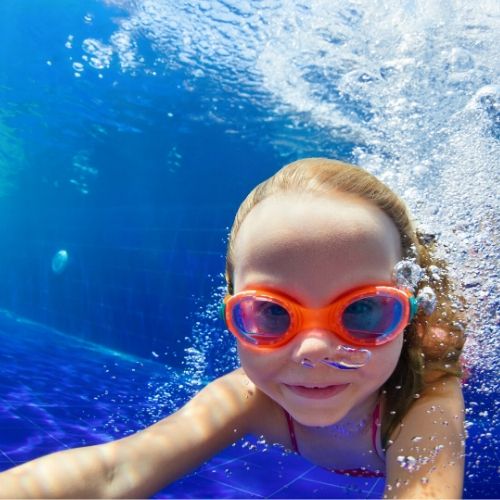
Can you get lice from a swimming pool?
You can not get lice from a swimming pool. Lice are less likely to spread in water than they are when they are dry. When lice submerge in the water, they quickly grip onto hair and will not move. Underwater lice go into “survival mode,” hanging on and holding their breath. One study showed that they could stay submerged for 16 hours and still hang on alive and strong. In this “survival mode” state, they look like they’re dead, not moving at all. This is why head lice do not swim or transfer in water; they just hold on for dear life and wait it out. You are more likely to get head lice outside of the pool from sharing a towel than you are inside the pool.
Can you get lice from dogs?
There is such a thing as dog lice, but it is not the same as human lice. Lice are species-specific and only feed on one type of animal. Head lice are not attracted to dog blood, so they would have no reason to transfer to a dog. But, if human head lice were to go onto a dog, they would not survive. Human head lice need particular blood and temperature conditions to survive that dogs do not have. So, on a dog, human lice would quickly die.
Can you get lice from a movie theater?
It’s possible but extremely unlikely. All of the events would have to line up just right. Someone with head lice would need to have sat in that chair before you (very unlikely) AND head lice would have needed to come off of them (very unlikely) AND you would have to sit there within a very short period of time. They’ve done some studies where they’ve tested this type of thing, and I’d say that your chances of getting head lice this way are pretty close to 0%.
Can you get lice from being dirty?
Yes and no, it depends on what kind of lice you are talking about. Body lice live primarily in clothing and bedding and is a result of poor hygiene. Getting rid of body lice is relatively easy since all it requires is clean clothes and a shower. Body lice do spread diseases, but they are uncommon in American and only found among the homeless. Head lice, is an entirely different bug. Head lice are not associated with being dirty; there are several theories that lice prefer clean hair over dirty hair. Head lice are very difficult to get rid of and requires a lot more than bathing and clean clothes. Fortunately, they do not spread diseases.
Can you get lice from cats?
Similar to dog lice, there is such a thing as feline lice, but it is not the same as human lice. Lice are species-specific and only feed on one type of animal. Head lice are not attracted to cat blood, so they would have no reason to transfer to a cat. But, if human head lice were to go onto a cat, they would not survive. Human head lice need particular blood and temperature conditions to survive, which a cat does not provide. On a cat, human lice would quickly die.

Can you get lice from hugging?
Absolutely yes, you can get head lice from hugging! Hugging is one of the prime times head lice are pass from head to head. If you’re a full head to head, long embrace kind of person, watch out! This kind of exchange is the perfect swapping ground for head lice. Use side hugs, so heads do not touch, and the embrace is shorter, or institute the fist bump as your initial greeting.
When Do You Get Lice?
There is no way to know when lice will strike. That’s why it is essential to follow these prevention measures 100% of the time so you can avoid head lice.
Here’s a review...
Ways to Avoid Lice:
- Avoid head to head contact, such as long hugs, sleeping in the same bed, putting your head on others’ shoulders, whispering in someone’s ear, looking at tablet/phones with heads touching, and selfies.
- Avoid sharing things that come in contact with hair, such as brushes, combs, hair accessories, hats, jackets, clothing, etc.
- Make your hair undesirable to lice by using a lice prevention spray or lice prevention shampoo every day.
The Never-Ending Cycle
Most people that use lice kits and home remedies get caught in the horrible "Never-Ending Cycle of Lice"

First- You Have Lice
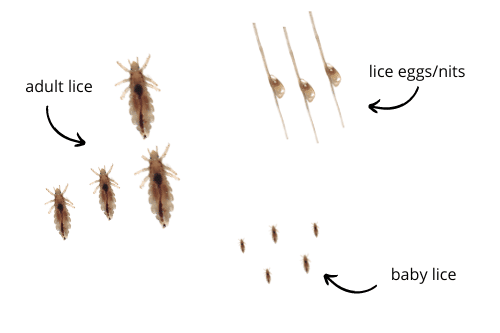
When you first discover lice you have adult lice bugs, baby lice bugs, and lice eggs (also known as nits)
You Think You've Gotten Rid of It.
But...

After using an over-the-counter treatment or a home remedy, people think they've taken care of the problem because they aren't finding lice bugs for a while.
But the bigger problem is the lice eggs that are left in the hair. Lice kits and home remedies don't kill eggs, and each of those little lice eggs has a bug inside just waiting to hatch and re-infest your child again.
Then- Those Eggs HATCH!
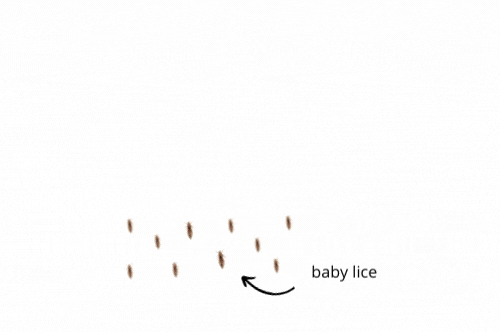
Just like lice eggs are tiny, when lice first hatch they are teeny-tiny. In fact, they are almost invisible to the naked eye! So, it typically takes a few weeks for them to grow big enough for you to see them.
And by the time you notice your head is infested all over again!
And Lice Is Back Again!
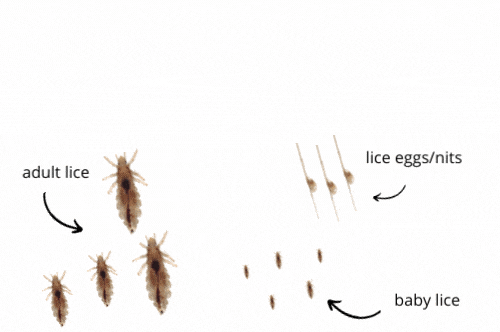
How to Avoid the Never-Ending Cycle
If you want to avoid this never-ending cycle and get rid of lice fast then check out my Step-by-Step Video System. Follow along with the videos and you can be completely done with lice in ONE DAY, no retreatments necessary.
How to be lice-free by the end of the day...

GET THE VIDEO SYSTEM
Get rid of lice the same way the experts do. Your personal lice coach walks you through each step of doing a professional lice treatment at home in a series of videos.

FOLLOW ALONG
Follow along with the videos on your child in your home. No lice kits or toxic chemicals involved!

BE DONE WITH LICE!
When you're done with the videos, you're done with lice. And it's gone permanently!
Summing It Up…
Head lice today are extremely difficult to kill because of the new super lice mutation. Often parents think that their child "keeps getting lice" from someone, when in fact they never got rid of lice.
If you want to get rid of lice quickly then follow along with my Step-by-Step Video System and get rid of it in ONE DAY.
All the best,


Theresa is a Registered Nurse and lice expert with years of experience curing children of lice. She owns a lice treatment center in the US which is where she perfected the Step-by-Step Video System proven to get rid of lice. She also works with government agencies and schools helping those with the worst head lice cases in America.
Her greatest passion is empowering parents by teaching parents online how to do a professional lice treatment on their child at home. She is the Lice Coach for the My Lice Advice Step-by-Step Video System.
